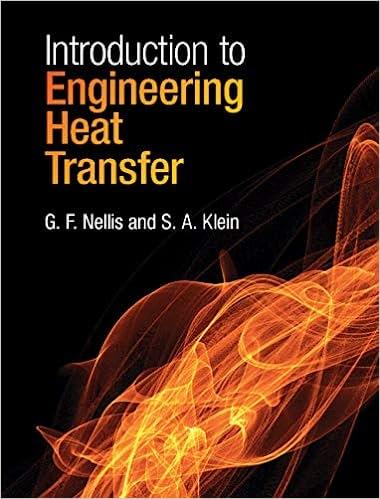Question
Bacteria with the formula C1H1.3O0.42N0.25 (MW = 23.52 g/mol) is grown in a batch reactor on decane (C10H22, MW = 142 g/mol) as the carbon
Bacteria with the formula C1H1.3O0.42N0.25 (MW = 23.52 g/mol) is grown in a batch reactor on decane (C10H22, MW = 142 g/mol) as the carbon source for the production of an organic acid (C3H4O3, MW = 88 g/mol). The mass balance equation for this reaction is shown below. 36% of the carbons in the substrate are incorporated into the biomass. The rate of cell growth and the rate of product production are 0.098 g cells/L*h and 0.1859 g P/L*h, respectively. The yield of product on substrate (YP/S) for this process is 1.131 g product/ g substrate. Use the MWs given here to solve this problem. C10H22 + a O2 + b NH3 c C1H1.3O0.42N0.25 + d C3H4O3 + e H2O + f CO2 a) Determine stoichiometric coefficients for this equation. Double check your work, as errors will carry forward within part (a). Hints: retain 4 decimal places on coefficient a, 1 decimal place on coefficient b, 1 decimal place on coefficient c, 3 decimal places on coefficient d, 2 decimal places on coefficient e, and 3 decimal places on coefficient f. b) What is the yield of cells on substrate (YX/S) for this process with units? (The correctness of your response to b e will be graded based on the stoichiometric coefficients that you gave in part a.) c) What is the respiratory coefficient (RQ) for this process with units? d) What is the rate of heat evolution due to cell growth (QGr)? e) What fraction of the hydrocarbon substrates energy was (i) used for cell mass production; (ii) used for product production; and (iii) released as heat?
Step by Step Solution
There are 3 Steps involved in it
Step: 1

Get Instant Access to Expert-Tailored Solutions
See step-by-step solutions with expert insights and AI powered tools for academic success
Step: 2

Step: 3

Ace Your Homework with AI
Get the answers you need in no time with our AI-driven, step-by-step assistance
Get Started


